From the steamy Finnish saunas to the invigorating Turkish hammams, this article takes you on a tour of the world’s most cherished sauna and spa traditions. Get ready to be enveloped in the rich histories and soothing practices that span continents!
Some say that the Finnish sauna is the foundation of the sauna culture. To some extent, that is certainly true. Most sauna experiences today, especially in the Western world, are similar to the Finnish experience.
But there are countries and regions that have developed their very own sauna and spa traditions, deeply embedded in their cultures. Let’s go through some of these traditions around the world.
5 International Sauna and Spa Traditions
In no particular order, here are five very different international sauna and spa traditions.
1. Finnish Sauna
The Finnish sauna plays a crucial part in Finnish culture, with, on average, almost one sauna per household. It is commonly believed that Finnish saunas, or rooms that resemble modern-day saunas, have been around for thousands of years.
The modern-day Finnish sauna very much resembles what most people think a sauna is. It’s typically a room, or separate building, with wooden walls and a wooden ceiling. A stove, kiuas in Finnish, is used to heat up the room.
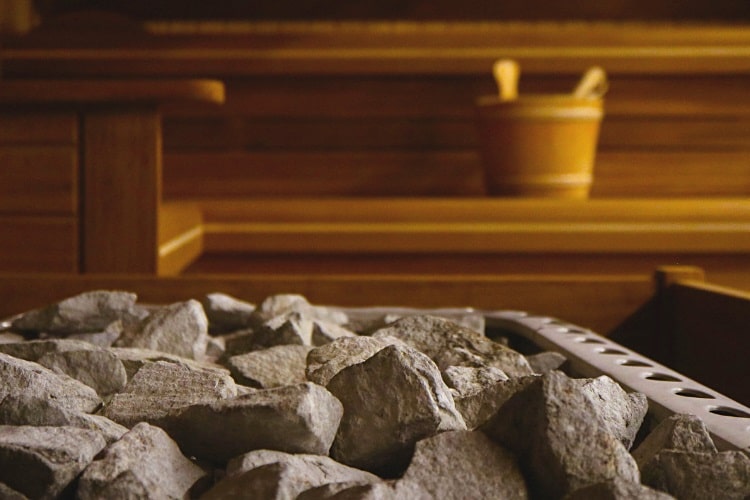
Water is used to regulate humidity and temperature in the sauna. The sudden wave of steam that is generated by pouring water on the rocks is a phenomenon called löyly in the Finnish language.
What has made the sauna so popular in Finland is that it allows people to escape the cold weather, if only temporarily. Unsurprisingly, Finland has also always had an ample supply of wood, which can be used to build and warm up saunas.
Nudity in a Finnish sauna is very common. While a small towel is acceptable, being naked in a sauna in Finland is essentially the norm.
2. Russian Banya
The Russian banya has been an essential part of Russian culture for many centuries. Banya is essentially the Russian version of a traditional sauna or steam room, although the word can also refer to bath house.
Like a Finnish sauna, a traditional Russian sauna is a wood-fired, dry sauna. A stove with sauna rocks is used to warm up and humidify the room.
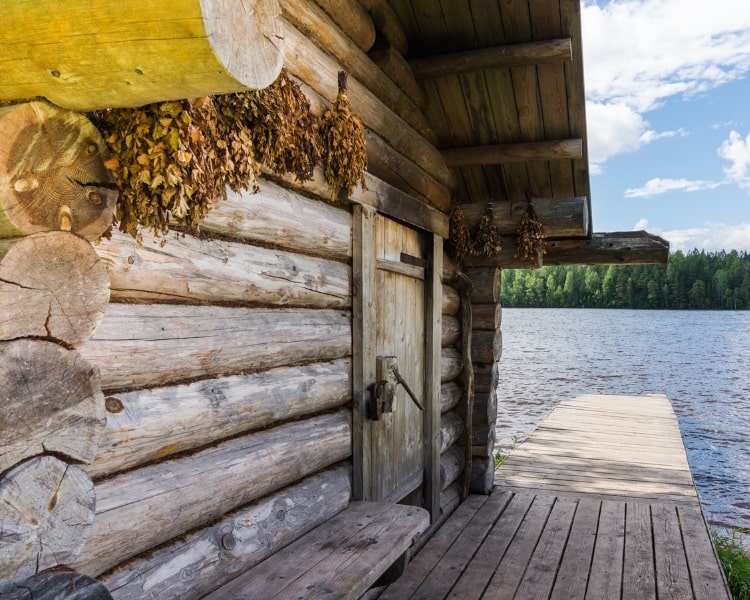
When it’s nice and warm in the steam room, and everyone is sweating, a venik is used to clean and massage the body.
A venik is a bunch of soft tree branches, dried in winter and fresh in summer. The venik is used to gently “beat” the body, from head to toe.
3. Turkish Hammam
A Turkish Hammam, also known as a Turkish Bath or Hamam, is a Middle Eastern type of public bathing, cleansing and relaxing. It has been strongly embedded in Turkish and Islamic culture for many centuries.
When the Ottoman empire conquered Constantinople (now Istanbul, capital of Turkey) from the Romans in the 15th century, the Roman style of public bathing slowly merged with the Islamic style of public bathing.
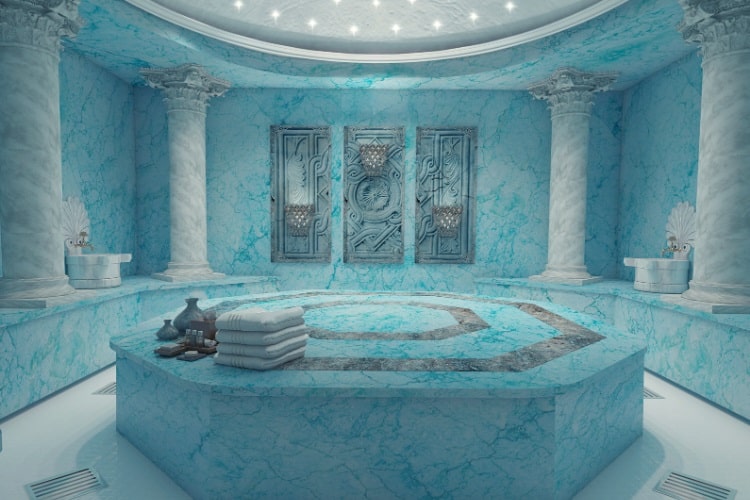
An authentic Turkish Hamam experience typically consists of three different steps. As such, a Turkish hammam would typically consist of three different rooms where these steps are performed.
The first step is to warm the body before the cleansing process starts. The second step involves washing and cleansing in a warm room while lying on a flat surface. The last step involves cooling off in a room with a much lower temperature.
4. Icelandic Spa
This may surprise some, but Iceland has quite a strong outdoor pool culture. With so much volcanic activity in this small country, the mineral-rich water in these pools is naturally heated.
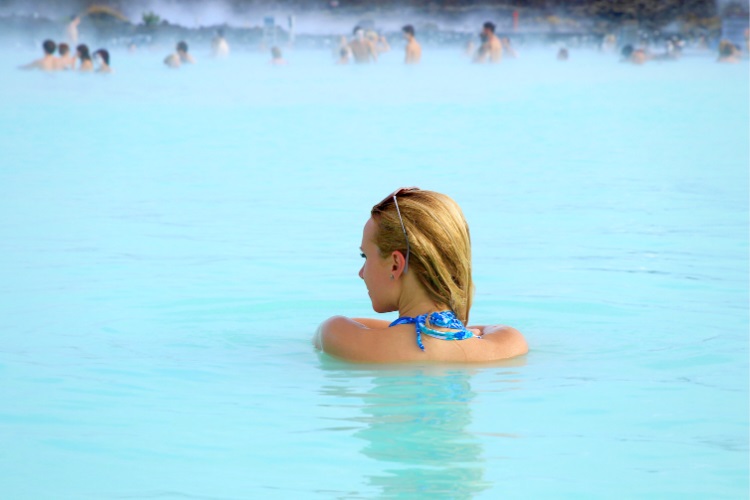
These natural hot springs are popular with locals as well as with tourists. One of the most famous ones is the Blue Lagoon, a beautiful geothermal spa with a large outdoor lagoon, located close to Reykjavik, Iceland’s capital.
Some Icelandic spas also have massage rooms, saunas, and restaurants.
5. Japanese Sento
Cleaning the body is an important duty for those who serve Buddha. As such, Japan has always had a specific bathing culture that still exists today.
A traditional Japanese Sento is a temple style bath house used for public bathing and socializing.
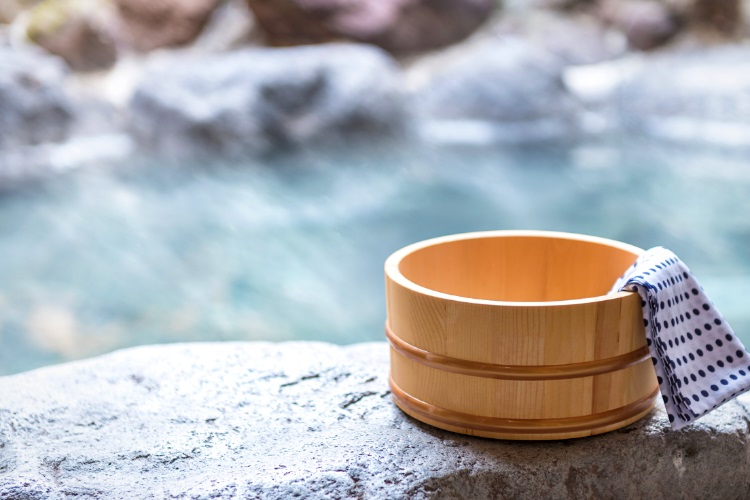
Once you’ve paid the fee to enter the Sento, you take off your clothes and put them in a locker. You must then wash your body using one of the available faucets before entering the warm bath, where you can relax with your fellow bathers.
Depending on the Sento you visit, there may also be a massage room and a sauna to complement the experience.
Final Thoughts
The sauna and spa traditions above are specific and unique to their respective countries. Most Western countries, where saunas and spas are popular, are similar to the Finnish sauna traditions, whereas, in most Arabic countries, the hammam experience is more common.
Saunas in Scandinavian countries, and also in Russia and some Eastern European countries, tend to have the highest temperatures. Beating each other with wet branches is also common in those countries, as a way of cleaning the skin.
Generally speaking, in the rest of Europe, sauna culture is less intense and more moderate. Temperatures are typically a bit lower, and nudity is not very common.
Sauna culture in the USA is very similar, with reasonable temperatures, no nudity, and lots of socializing. The sauna is not typically a pastime in its own right; it’s more of an add-on to, for example, a gym session.
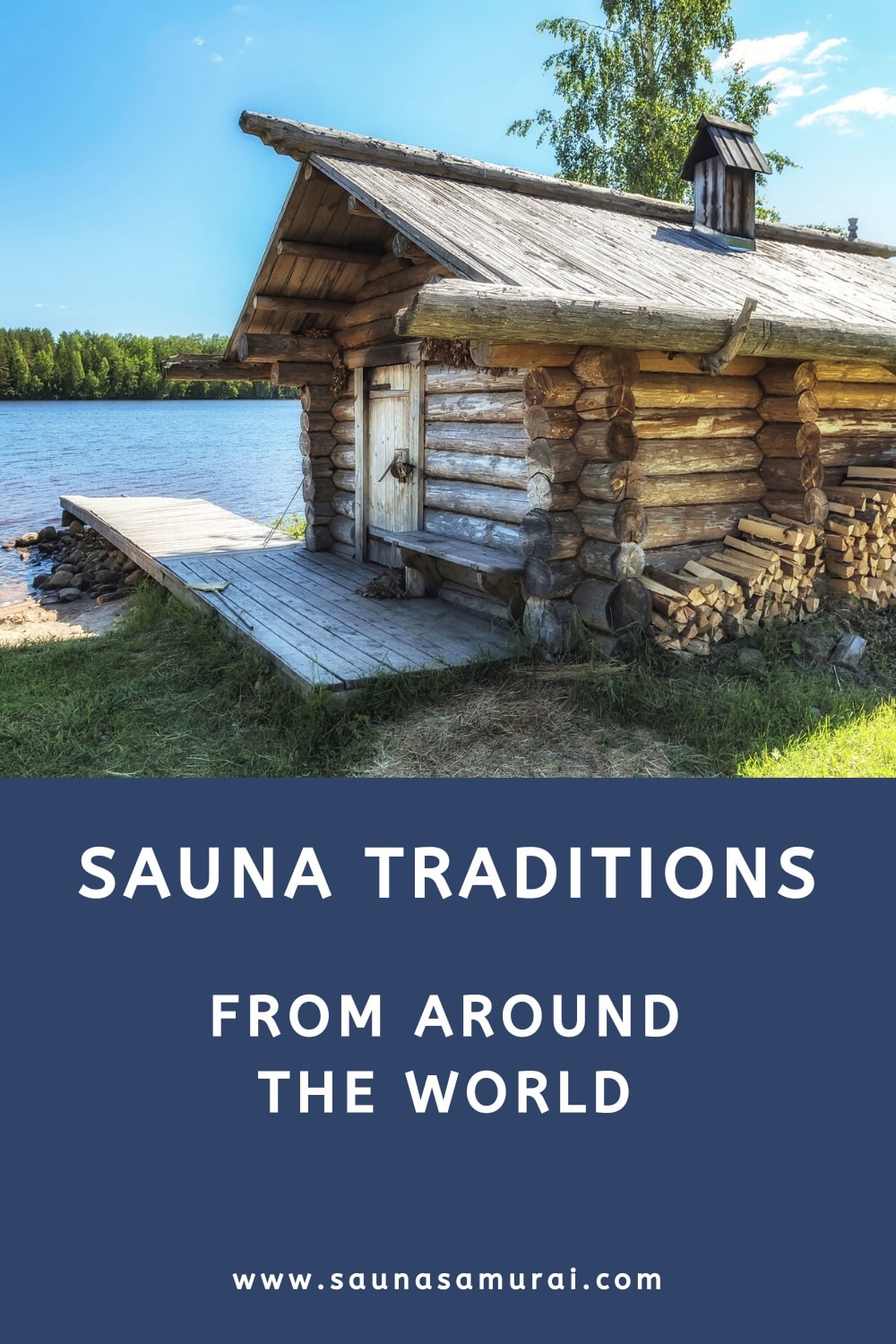
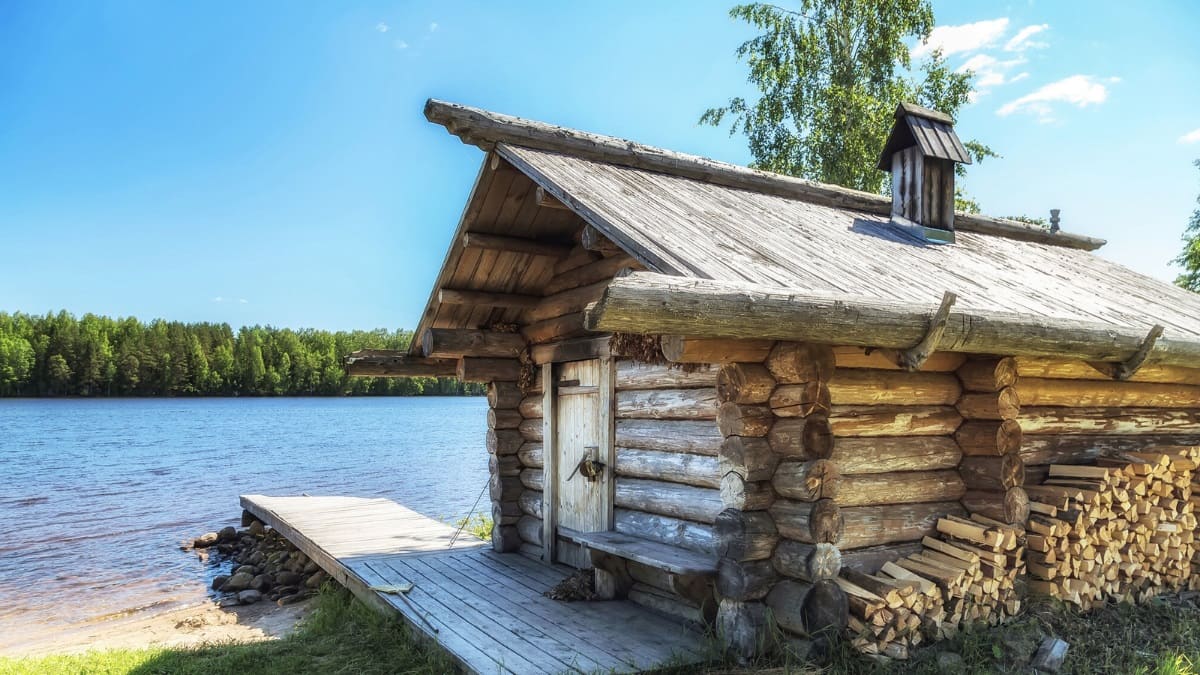
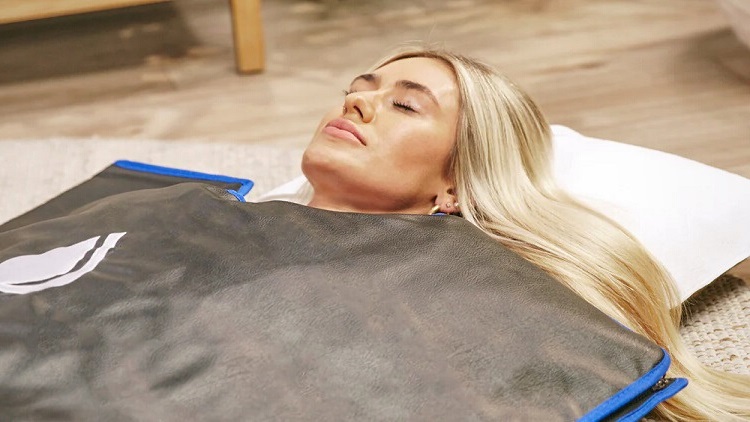
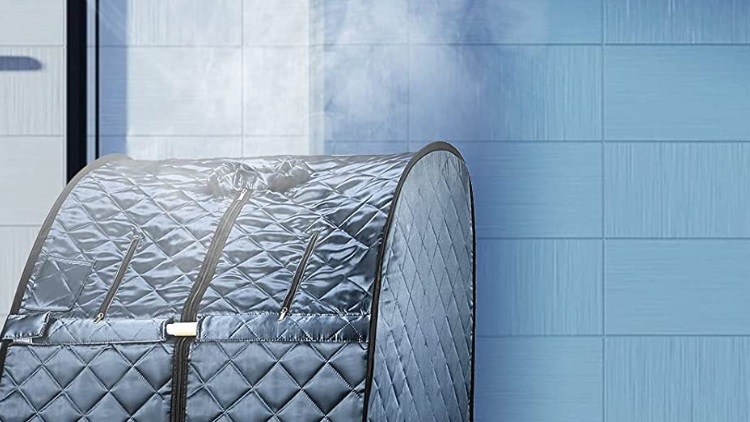
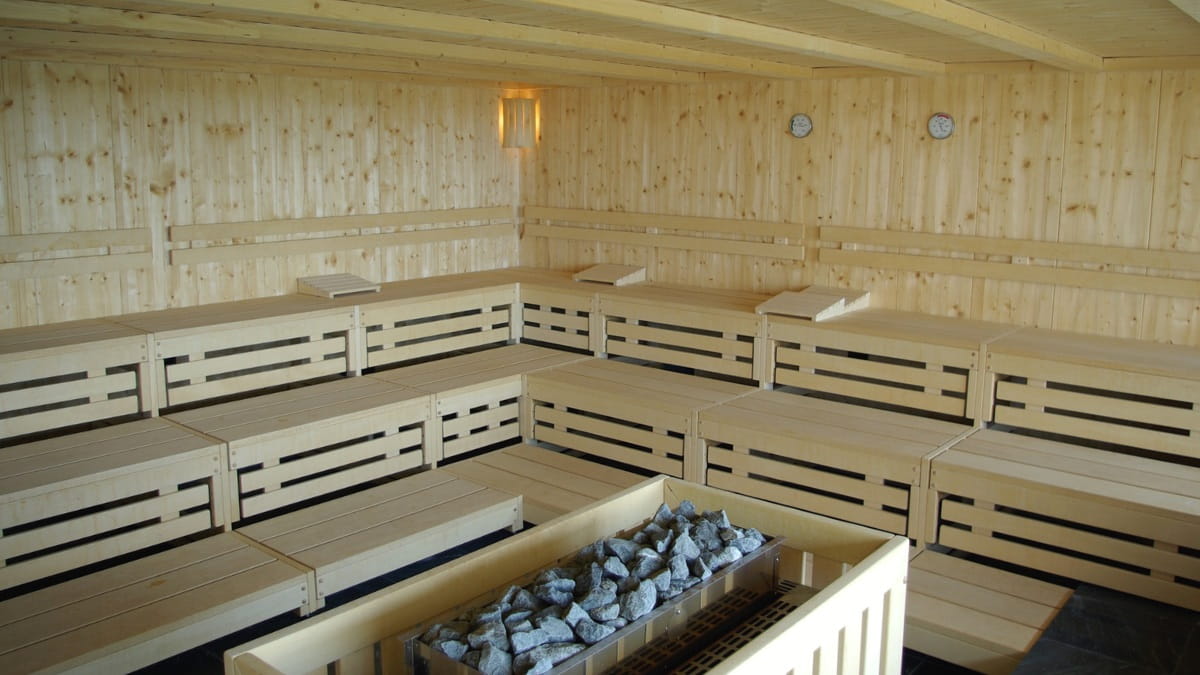
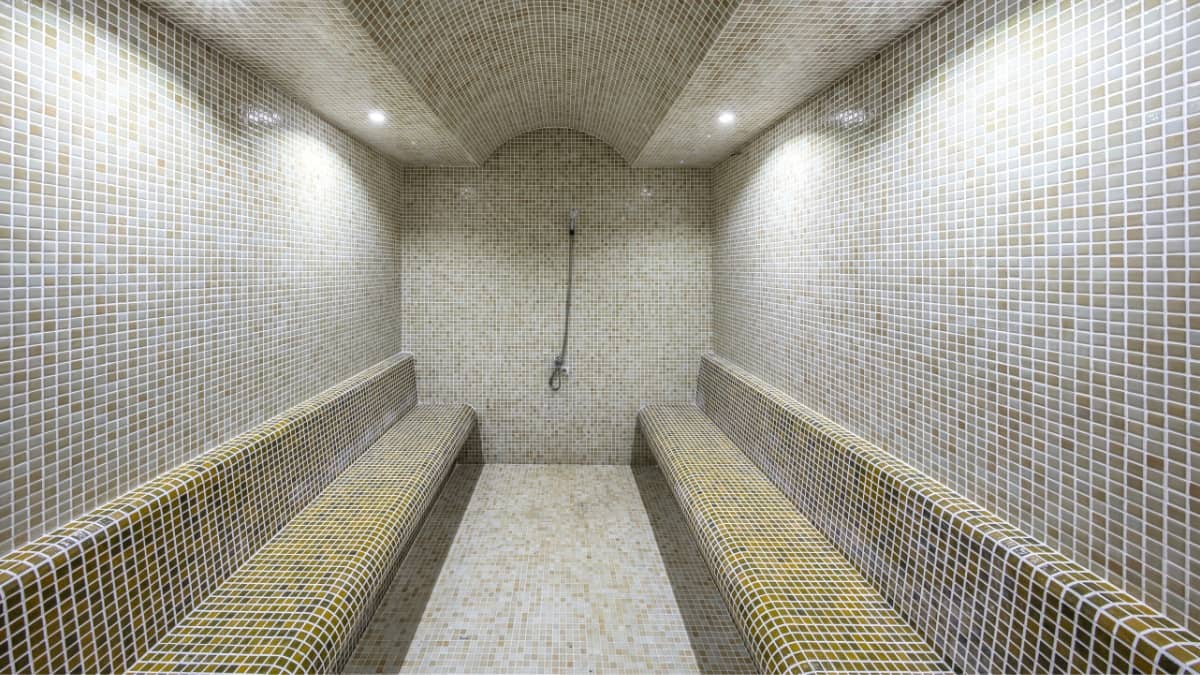
Roman Bath culture influence throughout the extent of the Old Roman Empire (Bath, England; to the Bads in Germany and Austria; and into eastern Europe, such as Budapest) have a unique cultural influence an sauna spa culture in my estimation, and would be worthy of mention. The oldest of the Roman Baths were fired beneath the stone floors, such as can still be found in Munich… That is culturally VERY different from the other 5 listed above.
To me, The German Sauna Meister and Auf Gasse culture (that evolved from the many Roman Baths historically in the region) with its ceremonial dancing is also VERY distinct and worthy of mention. The turn-of-the-century FKK cultural influence has also made German baths quite unique.
The USA has also developed its own unique culture around remote hot springs in the mountains, which often also have saunas. Americans made their own adaptations to European spa culture, resulting in American “Spa Towns” centering around geothermal hot springs and “taking the waters” while escaping the polluted air of thriving big cities. Rather than part of daily cultural life (as in Finland, Japan, and even Roman spa culture), American Spa Towns were more of a vacation destination experience or a medical healing retreat as was also part of the unique development of the German/Austrian “Bath Spa” culture.
The key cultural distinction between being part of daily life rituals versus being part of a destination “experience” should be culturally explored.
Thanks Grant, that is excellent information.